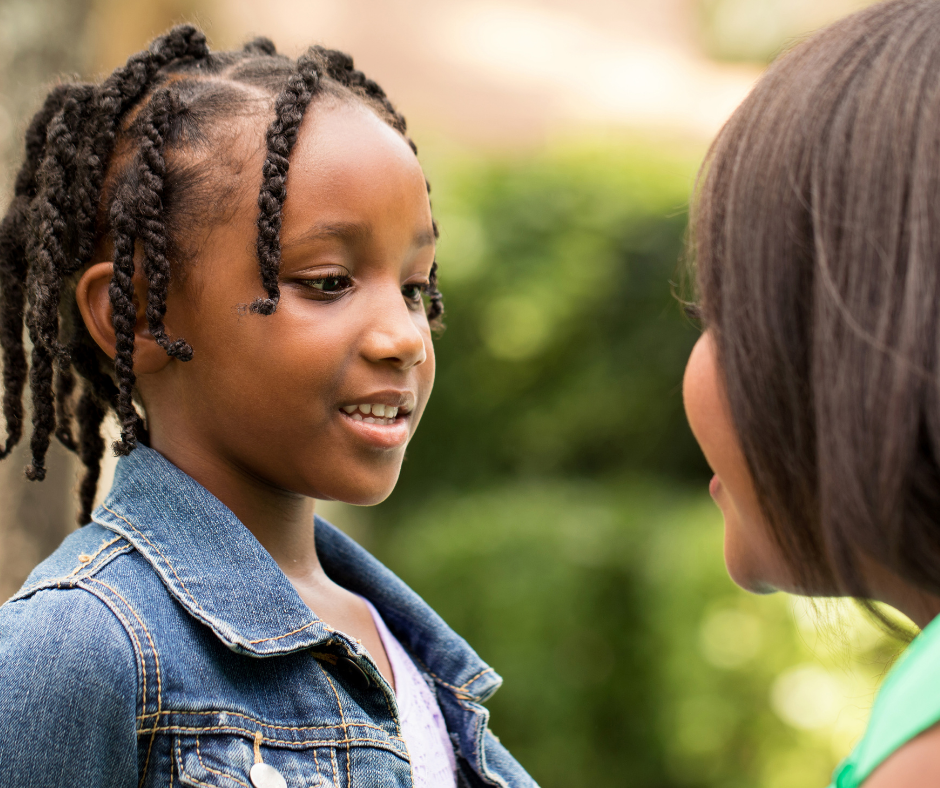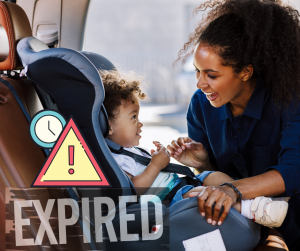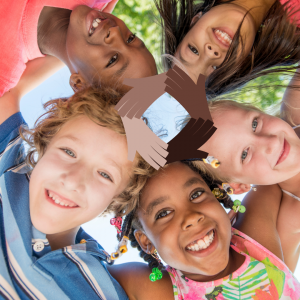What other articles won’t tell you is how you are going to communicate with your child depending on their age.

That’s why we prepared an age-appropriate guide for racism talk.
Preschoolers (under 5 years old)
Grade schoolers (6-11 years old)
Teens (12+ years old)
Preschoolers (under 5 years old)
You have to develop an environment where toddlers can learn about the differences and similarities between humans.
Question them on how people have a different color of hair, different color of skin, different languages, different religions.
See that I’m turning this conversation more towards a history/geography class rather than a racism lesson.
To get started use picture books or movies. It’s a great natural way for kids to learn about other races and their differences.
Infants are smarter than you think, research shows that infants as young as 3 months can look different to people depending on their skin color.
Don’t avoid the topic, at this age kids are curious about things. If you avoid just once, they might never ask anything about the topic.
Actionable step: Read a picture book with your children and spot differences in people. Explain just like a history or geography class why certain people look different. Emphasize that their looks are different but they should have the same opportunities.
Grade schoolers (6-11 years old)
This age range I consider as the questioning age.
Your kid often will question things like: “Mom why is the sky blue?” “Mom how came only kids go to school?” and so on.
Be curious to learn what they actually know about the topic.
Ask for examples, show them you’re interested. This will go a long way to make your child open up to you.
Find out where are they learning what they know about racism, is it on social media? Is it through their friends’ parents? Is it in school through teachers?
Actionable Step: Explore their sense of fairness. Create scenarios on how someone could be left out on purpose in a situation, make them question that.
For example, “would you think it’s fair only to tall kids to eat lunch at school?. Then question them if it’s fair or not and why.
Teens (12+ years old)
They can express their view clearly now. So pay attention to their words and emotions
Do they become emotional when they talk about racism? Or is it something that doesn’t interest them that much?
This is important to analyze your child’s personality traits. If they are very emotional about racism they might be with other controversial topics as well.
If they seem very engaged, encourage them to be active. To do things like speak up on social media and join discussions at school.
Finding your kids’ passion starts this way. Maybe they are interested in debate classes instead of sports.
Actionable Step: Play with them a game to demonstrate racism. Grab strings and tie your hands with theirs, then explain racism just like your hands now is a tangled subject.
You might untangle one notch but it will take time to get all the notches off.
The Bottom Line
If kids get exposed to a more diverse world they are less likely to convey racism.
So it’s your job to give them that exposure. Go on trips, show your kids different cultures, different people.
If you can’t travel, bring the world to your home with international foods and movies about a different culture.
All these things will enlarge your children’s perspective about diversity.
Be an example at home and in life. Kids are a sponge, they soak everything they are exposed to.






